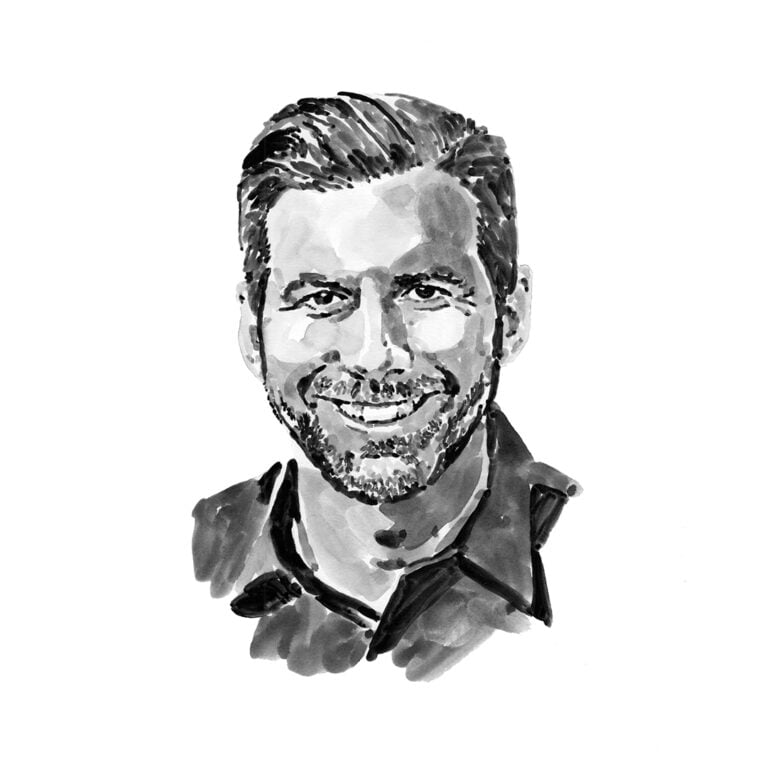Steven Kessel

Who I am
Dr Steven Kessel gained his PhD in marine ecology and biology from Cardiff University, UK, conducting his field work at the Bimini Biological Field Station in The Bahamas. Following the completion of his degree in 2009, he spent two years at Cardiff University as a postdoctoral fellow, acting as the principal investigator for the Jupiter Large Coastal Shark Species Study, which investigated the biology and ecology of large coastal shark species resident off the eastern seaboard of the USA. Since then, Steven has worked for the University of Windsor Great Lakes Institute for Environmental Research as the principal investigator of the Lancaster Sound Arctic component of the Ocean Tracking Network. Following a brief stint at Michigan State University studying the movements and migrations of lake sturgeon, he took up his current position at the Shedd Aquarium as the director of marine research. Here he runs a multi-faceted shark and ray research programme in The Bahamas.
Where I work
Steven Kessel and co-project leader Kevin Feldheim are based in Chicago, USA, at the Museum Campus complex, Steven at the Shedd Aquarium and Kevin at the adjacent Field Museum. Despite the landlocked location, both researchers have field work interests within the native region of the Caribbean reef shark. Steven runs an elasmobranch research programme from Shedd’s 80-foot (24-metre) vessel the RV Coral Reef II. This programme is based in The Bahamas and Florida and focuses largely on Caribbean reef sharks. Kevin works on a variety of elasmobranch-based projects, receiving samples at his genetics lab from around the globe on a regular basis.
The project is run jointly by the Shedd Aquarium and Field Museum, using their cutting-edge labs and the staff’s expertise.
What I do
From Chicago’s Museum Campus, Steven and Kevin use their extensive networks to solicit Caribbean reef shark genetic samples from active shark researchers across the subtropical and tropical region of the western Atlantic. The samples are shipped to Chicago, where they are catalogued and stored prior to processing. Working with interns from the Chicago area, who receive training in genetic research techniques, the samples are processed to prepare them for sequencing. Once critical mass is reached, the samples are shipped together to California for next generation sequencing. The processed data are analysed to investigate genetic variability and connectivity across the species’ range. Meanwhile, the sequenced data are sent to each contributing researcher to enable them to conduct fine-scale investigations into their local populations. Regional seascape data, such as bathymetry, currents and habitat connectivity, are concurrently compiled from online resources and modelled against the next generation data to identify potential barriers to genetic flow, both past and present.
